The SolarStratos will gain its power from 240 square feet of solar panels on its wings.


The SolarStratos will gain its power from 240 square feet of solar panels on its wings.

Despite pigheaded intransigence at the highest levels of its national government, the renewable energy revolution is coming to Australia in a big way. And why not? Enough sunlight hits what Bill Bryson calls “a sunburned country” every day to meet all of humanity’s energy needs for a year. All it has to do is figure out how to harvest and distribute all that energy. (It could begin by replacing its national leaders with people who possess actual functioning brains, but the same can be said for many nations around the world.)
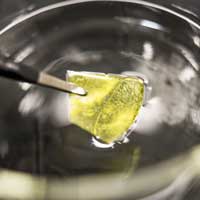
Researchers at Linköping University, Sweden, are attempting to convert carbon dioxide, a greenhouse gas, to fuel using energy from sunlight. Recent results have shown that it is possible to use their technique to selectively produce methane, carbon monoxide or formic acid from carbon dioxide and water.
The study has been published in ACS Nano (“Atomic-Scale Tuning of Graphene/Cubic SiC Schottky Junction for Stable Low-Bias Photoelectrochemical Solar-to-Fuel Conversion”).
Plants convert carbon dioxide and water to oxygen and high-energy sugars, which they use as “fuel” to grow. They obtain their energy from sunlight. Jianwu Sun and his colleagues at Linköping University are attempting to imitate this reaction, known as photosynthesis, used by plants to capture carbon dioxide from air and convert it to chemical fuels, such as methane, ethanol and methanol. The method is currently at a research stage, and the long-term objective of the scientists is to convert solar energy to fuel efficiently.
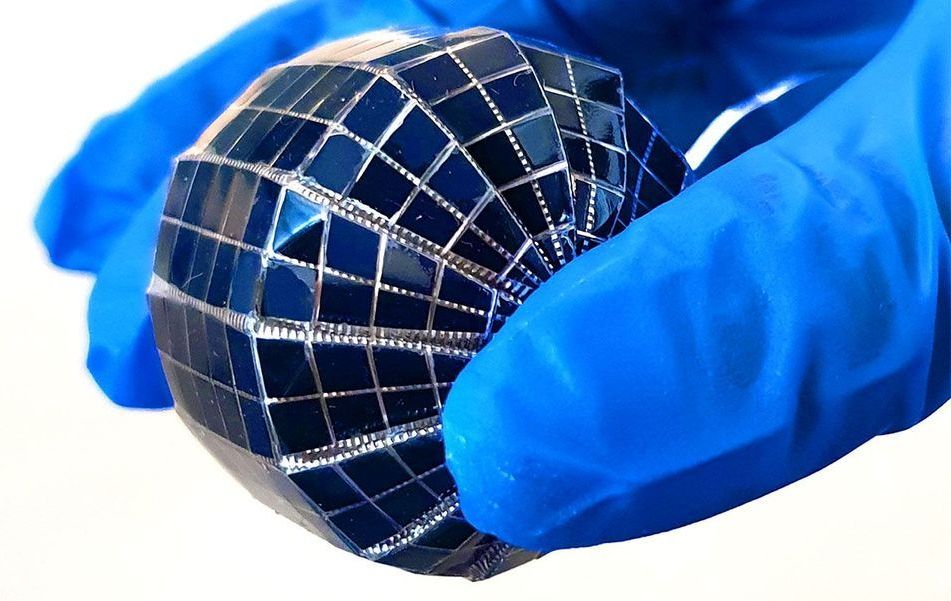
Flat solar panels still face big limitations when it comes to making the most of the available sunlight each day. A new spherical solar cell design aims to boost solar power harvesting potential from nearly every angle without requiring expensive moving parts to keep tracking the sun’s apparent movement across the sky.
The spherical solar cell prototype designed by Saudi researchers is a tiny blue sphere that a person can easily hold in one hand like a ping pong ball. Indoor experiments with a solar simulator lamp have already shown that it can achieve between 15 percent and 100 percent more power output compared with a flat solar cell with the same total surface area, depending on the background materials reflecting sunlight into the solar cells. The research group hopes its nature-inspired design can fare similarly well in future field tests in many different locations around the world.
“The placement and shape of the housefly’s eyes increase their angular field of view so they can see roughly 270 degrees around them in the horizontal field,” says Nazek El-Atab, a postdoctoral researcher in microsystems engineering at the King Abdullah University of Science and Technology (KAUST). “Similarly, the spherical architecture increases the ‘angular field of view’ of the solar cell, which means it can harvest sunlight from more directions.”
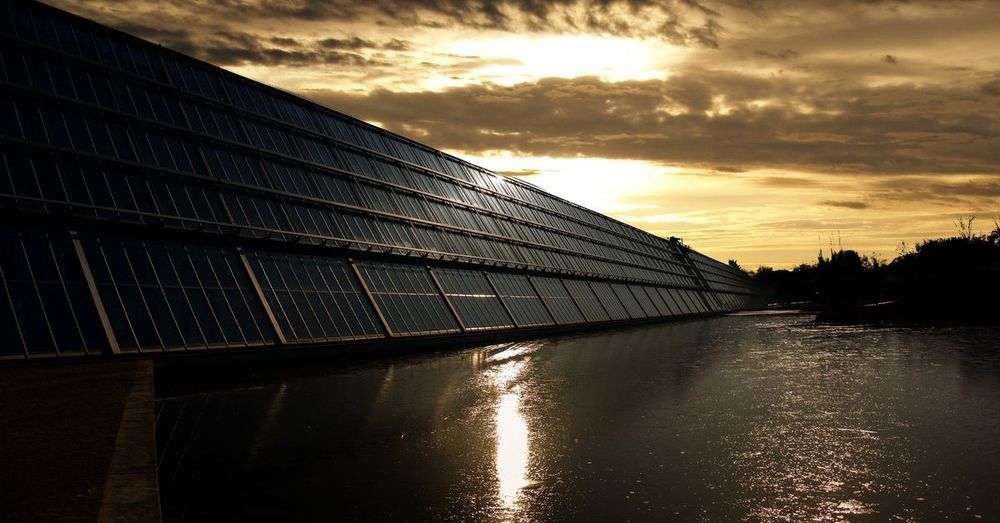
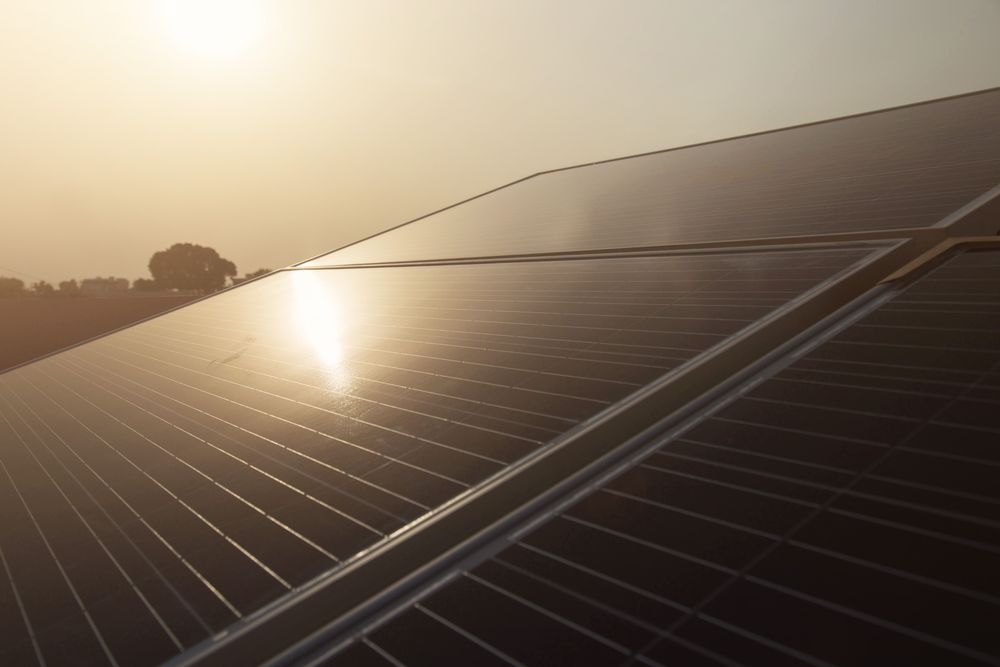
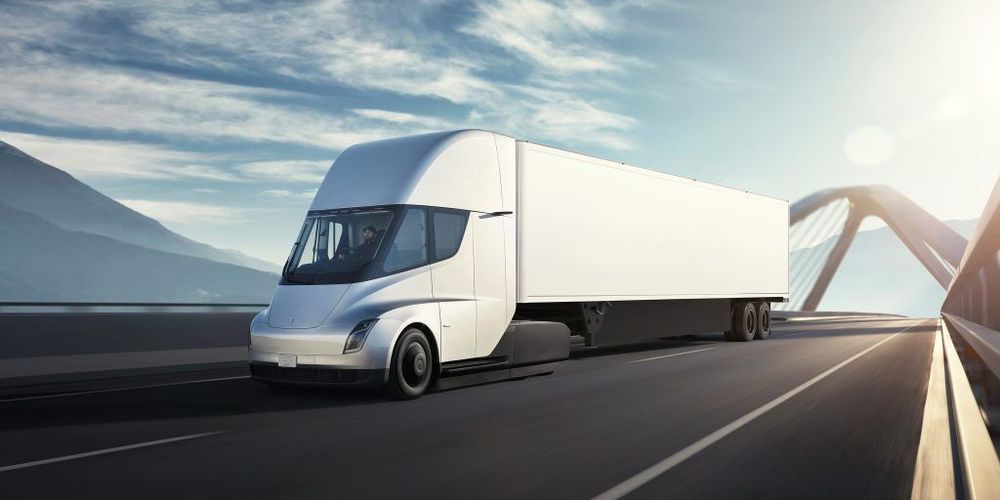
Elon Musk has said that “it is time to bring” Tesla Semi electric trucks to volume production in a memo to all Tesla employees.
In a new email to employees last night, Musk that he wants to go “all out”:
“It’s time to go all out and bring the Tesla Semi to volume production. It’s been in limited production so far, which has allowed us to improve many aspects of the design.”
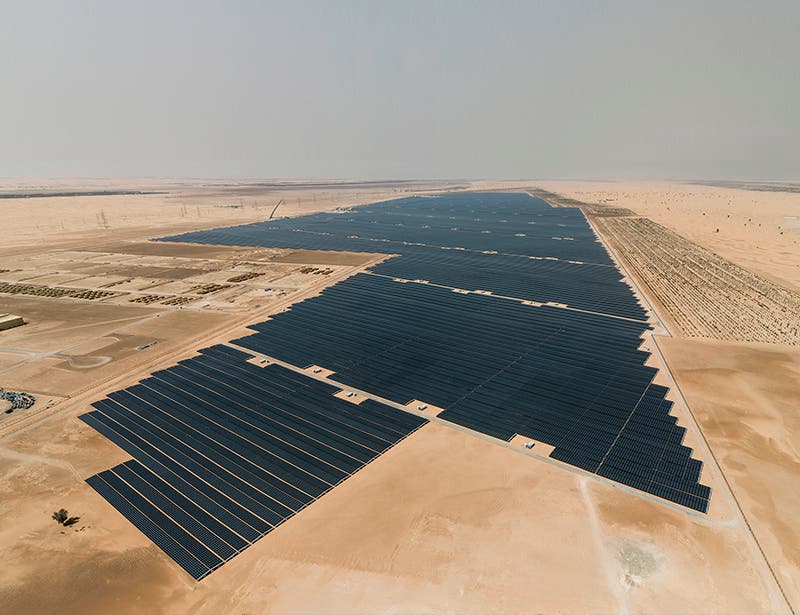

New roll-to-roll production method could enable lightweight, flexible solar devices and a new generation of display screens.
A new way of making large sheets of high-quality, atomically thin graphene could lead to ultra-lightweight, flexible solar cells, and to new classes of light-emitting devices and other thin-film electronics.
The new manufacturing process, which was developed at MIT and should be relatively easy to scale up for industrial production, involves an intermediate “buffer” layer of material that is key to the technique’s success. The buffer allows the ultrathin graphene sheet, less than a nanometer (billionth of a meter) thick, to be easily lifted off from its substrate, allowing for rapid roll-to-roll manufacturing.

Billionaire investor Ron Baron believes there’s still plenty of room for growth for Elon Musk’s Tesla and SpaceX companies.
Baron said Tuesday morning on “Squawk Box” that he believes “there’s 10 times more to go” with Tesla. He also said SpaceX, a privately held company, will grow by a multiple of 20 in the next 10 years. He previously predicted similar growth for Tesla.